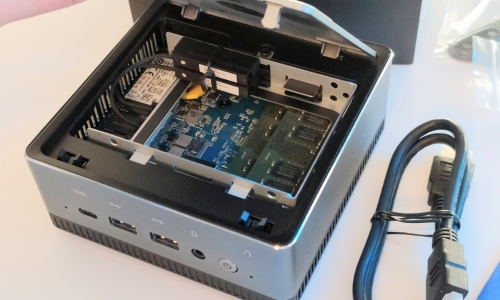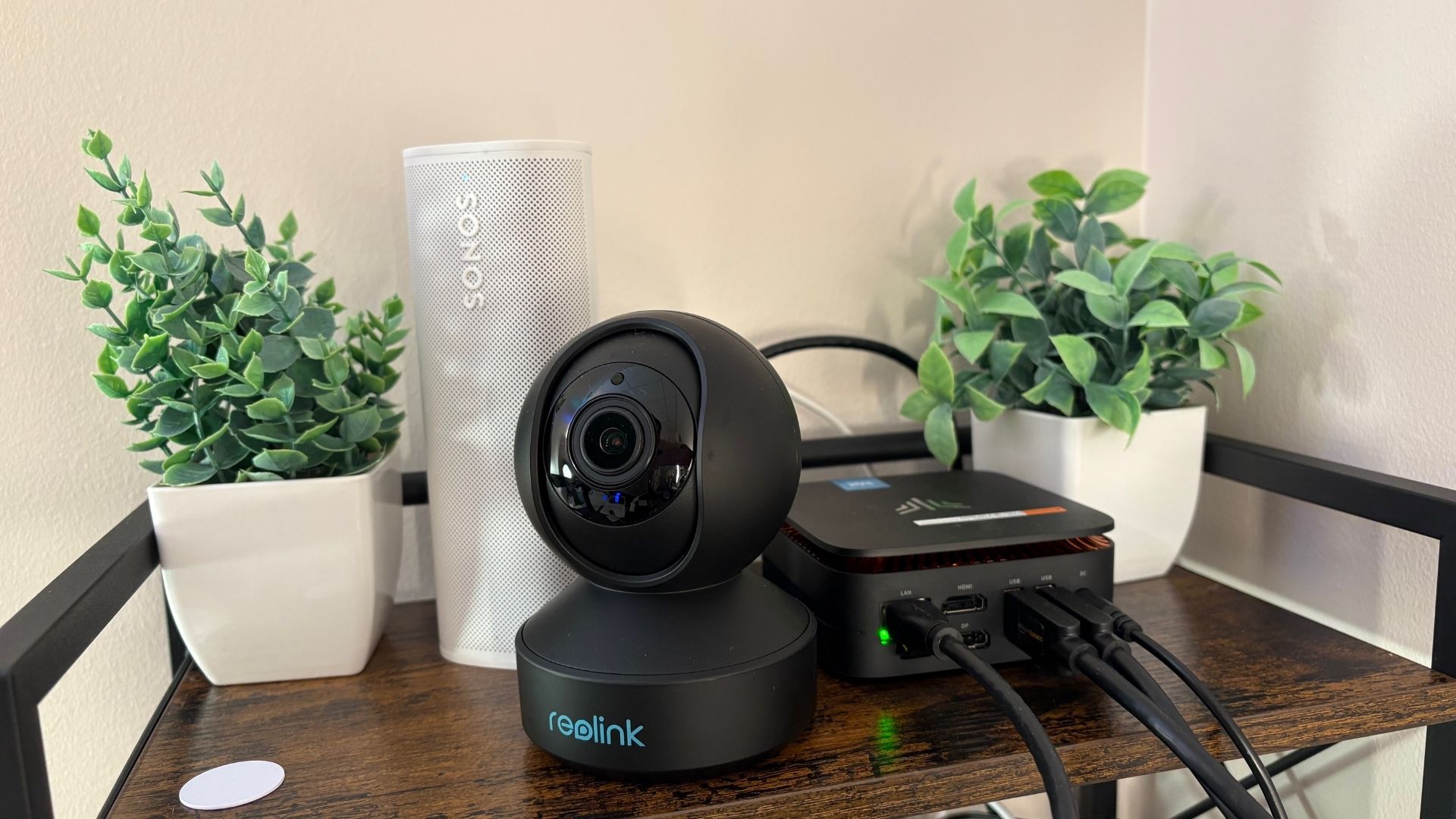Building the Ultimate Smart Home with Mini PCs, Home Assistant, and Zigbee
Creating a tranquil and connected smart home means orchestrating your devices such that they support your needs and routines. To make that happen, you’ll need the right hardware, software, and smart planning. This guide walks you through why mini PCs are a great fit for running Home Assistant, how Home Assistant simplifies your smart home, and what makes Zigbee, a networking protocol that allows common smart home devices to communicate with one another, a reliable option for bringing your devices and automations together.
This Is the Easiest Way to Build a Powerful Smart Home Hub Without Wasting Power or Space

Have you considered a mini PC for your smart home? A full-sized desktop might feel like the obvious choice, but there’s a reason more people are switching to compact alternatives.
Power and Performance Without Bulk Modern mini PCs have laptop-grade processors, solid-state drives, and enough RAM to handle home automation without breaking a sweat. An Intel NUC with an N100 CPU typically uses only 7 watts. That’s a fraction of what a desktop might burn through, and it still has room to run extra locally-hosted software, like media servers or open-source VPNs.
Energy Efficiency and Quiet Operation Mini PCs are efficient by design. Most run cool and quiet, with many using passive cooling instead of fans. They use less power and make less noise, making them ideal for 24/7 use in a living space.
Space-Saving and Reliable You can mount a mini PC behind a TV, place it beside your router, or tuck it in a network closet. No clutter. No fan whirring in the background. With no moving parts and solid-state drives, they’re built to run smoothly day in and day out.
When a Desktop Might Make Sense If your smart home setup includes video processing, AI object detection, or a media server with heavy demands, a desktop might still be the better option. But most homes won’t need that much horsepower for daily automations.
The Common Way to Manage Smart Devices Is Broken—Here’s a Better Way

Are your smart devices still living in silos? That’s where Home Assistant steps in.
Everything in One Place Home Assistant is open-source software that runs on your local hardware. It connects all your devices—Zigbee, Z-Wave, Wi-Fi, and more—under one roof. Even when the internet goes out, your automations keep working. Local control means better privacy and reliability.
Works With What You Already Have Home Assistant supports more than 3,100 integrations. That includes big names like Philips Hue, Ecobee, and IKEA, along with DIY platforms and even your car. If your smart device exists, chances are Home Assistant talks to it.
Built for You, Not the Manufacturer Forget bouncing between a dozen apps. Home Assistant gives you one dashboard—customizable to your style—where everything lives. Create automations like “turn the heat up if it’s after 6 PM and someone’s home” or “send an alert if the garage is still open at night.”
Always Growing Home Assistant has a global user base and an active development team. Monthly updates add features, fix bugs, and expand compatibility. As your smart home grows, your system grows with it.
What’s the Most Beginner-Friendly Way to Connect Smart Devices Without Wi-Fi Hassles?
Zigbee makes smart homes smarter. Here’s why.
Lightweight, Low Power, Long-Lasting Zigbee uses the 2.4 GHz band to send small amounts of data—perfect for motion sensors, buttons, and temperature monitors. These devices sip power, often running for years on a coin cell battery.
The Mesh Network Advantage Zigbee devices don’t just talk to a hub—they talk to each other. Powered devices like smart plugs act as repeaters. Your motion sensor in the basement can send a message through your lamp in the hallway. The more devices you add, the stronger the mesh becomes.
Built for Smart Home Workloads Zigbee’s speed tops out around 250 kbps, but that’s perfect for turning on lights, reading temperature data, or checking door status. It’s not built for video streams, but it’s ideal for almost everything else.
Better Together Use Zigbee for your everyday automations and Wi-Fi for things like video cameras or voice assistants. Home Assistant ties it all together, so you’re not locked into one system.
5 Smart Moves That Make Zigbee Mesh Networks Rock Solid
A reliable Zigbee network doesn’t happen by accident. These five steps will get you there.
Add Router-Capable Devices Plug-in devices like smart plugs and wired switches can act as routers. The more of them you have, the stronger your Zigbee mesh. Battery-powered devices don’t route traffic, so mix in routers to keep the network healthy.
Space Devices Wisely Place a powered Zigbee device every 15 to 30 feet. This helps signals hop smoothly across rooms and floors. Avoid placing devices in metal enclosures or too close to walls.
Reduce Interference Keep your Zigbee hub a few feet away from your Wi-Fi router. Use a USB extension cable if needed. Choose Zigbee and Wi-Fi channels that don’t overlap. Many users find success by setting Wi-Fi to channel 1 and Zigbee to 25, or Wi-Fi to 11 and Zigbee to 15.
Respect Network Limits Some coordinators handle only 20 to 40 direct device connections. Use routers to distribute traffic. If your network grows too large, Home Assistant can support multiple Zigbee coordinators.
Monitor Signal Quality Use Home Assistant tools or Zigbee2MQTT to check each device’s signal strength. If a device is lagging or disconnecting, it might need a nearby router or less interference.
Here’s How to Create a Calm, Connected Home That Just Works
Building a smarter home doesn’t mean adding more noise. The right setup feels seamless.
Mini PCs give you a reliable, energy-efficient way to run Home Assistant. Home Assistant pulls your devices into one system. Zigbee keeps them talking, even when Wi-Fi gets crowded. When it all works together, your smart home becomes something better—it becomes calm, consistent, and ready to support your day without distractions.


